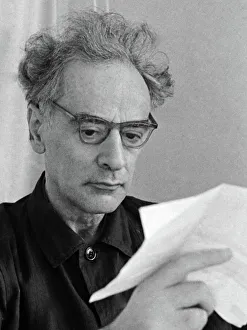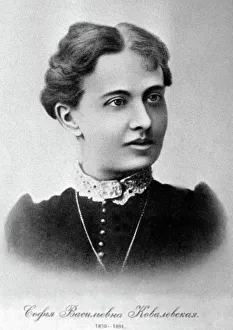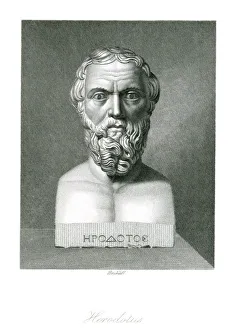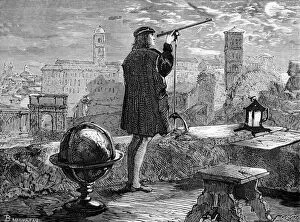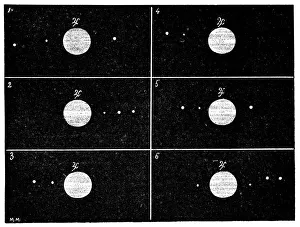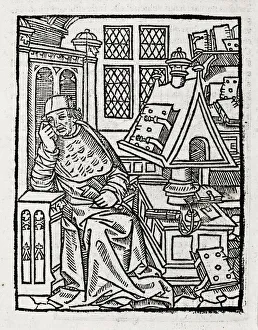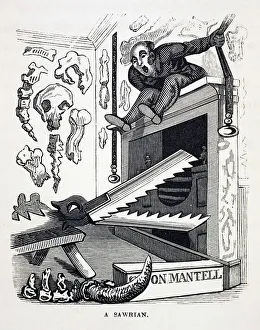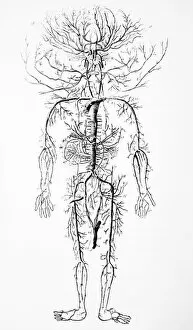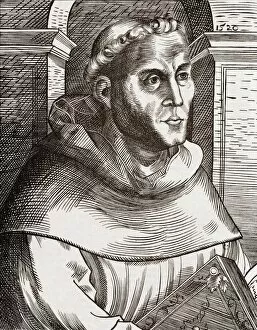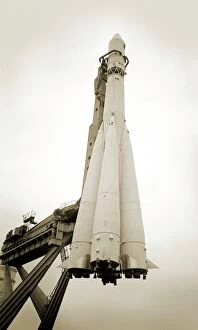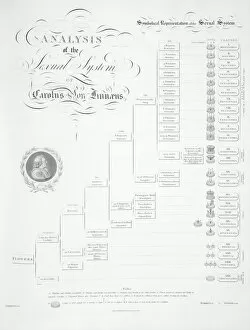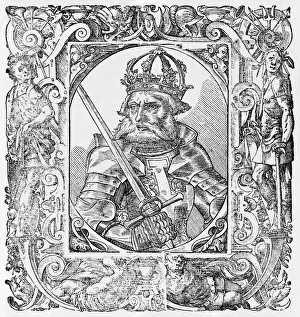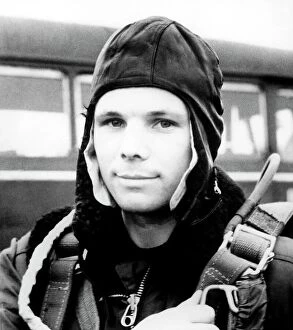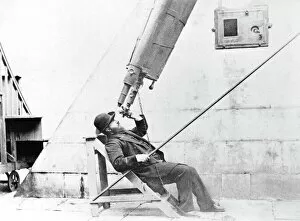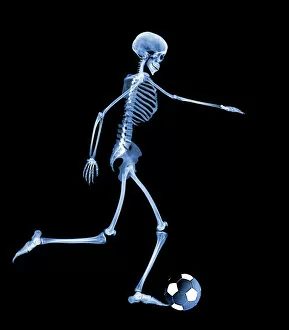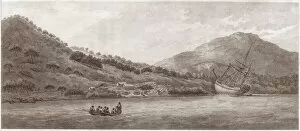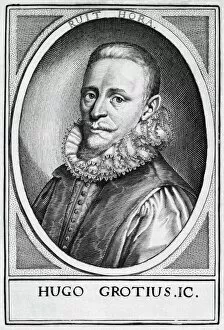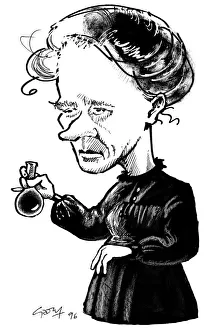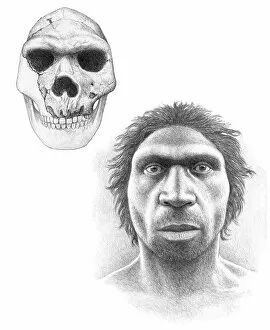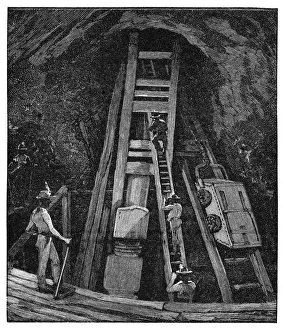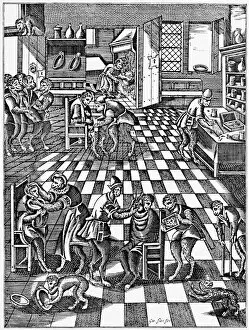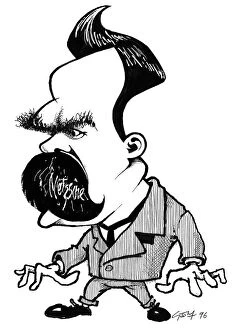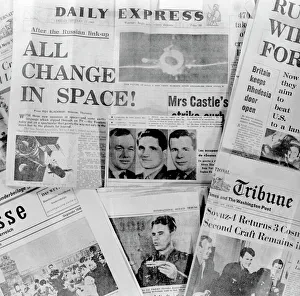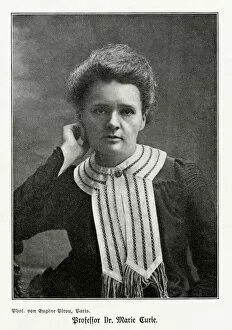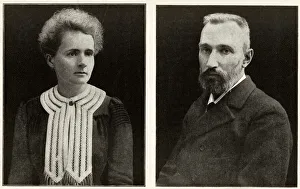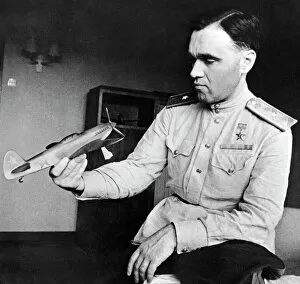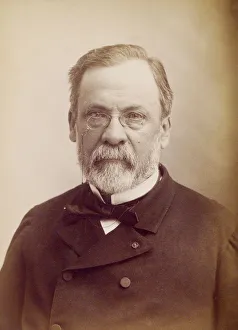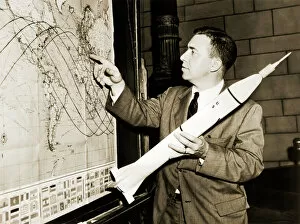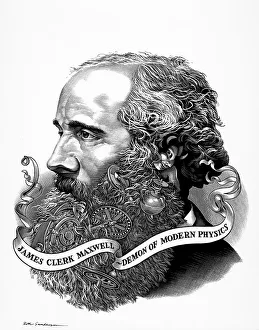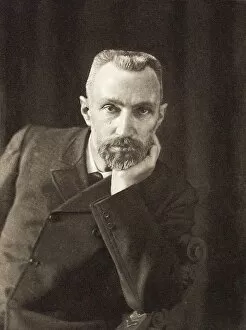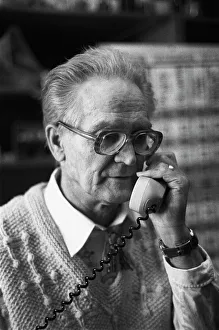Mono Chrome Collection (page 3)
"Mono Chrome: A Journey through Time and Art" Step into a world where shades of black and white intertwine, revealing the essence of history, science, and art
All Professionally Made to Order for Quick Shipping
"Mono Chrome: A Journey through Time and Art" Step into a world where shades of black and white intertwine, revealing the essence of history, science, and art. From the 1919 solar eclipse to Da Vinci's crossbow, each hint in this captivating collection unveils a unique facet of our human experience. As the sun hid behind the moon during that fateful eclipse in 1919, scientists witnessed an extraordinary phenomenon that confirmed Einstein's theory of general relativity. The monochromatic scene symbolized mankind's relentless pursuit of knowledge. In Durer's iconic artwork depicting praying hands, we find solace in simplicity. These hands transcend language barriers and remind us of our shared humanity—a powerful message conveyed through monochrome strokes. The grainy footage captured by Roger Patterson in 1967 brought Bigfoot into popular culture. This mysterious creature emerged from shadows cast by black-and-white film reels, leaving viewers captivated by its enigmatic existence. A haunting figure from the past emerges with plague doctor artwork dating back to the 17th century. In their eerie masks and dark robes, these doctors fought against disease while embodying both fear and hope within their monochromatic presence. Mendeleyev's periodic table revolutionized chemistry when it was published in 1869. Each element found its place on this grayscale chart—forming a mosaic that unraveled nature's secrets one square at a time. Amelia Earhart soared above gender norms as she became a pioneering figure in US aviation history. Against the backdrop of her daring flights stood her monochrome aircraft—an emblematic representation of courage defying societal limitations. The HMS Beagle ship carried Charles Darwin on his transformative voyage around the world. Its silhouette laid up ashore serves as a reminder that scientific breakthroughs often begin with humble beginnings—a testament to exploration painted only with shades between black and white. Carl Sagan gazed upon distant galaxies as he unraveled the mysteries of our universe.

